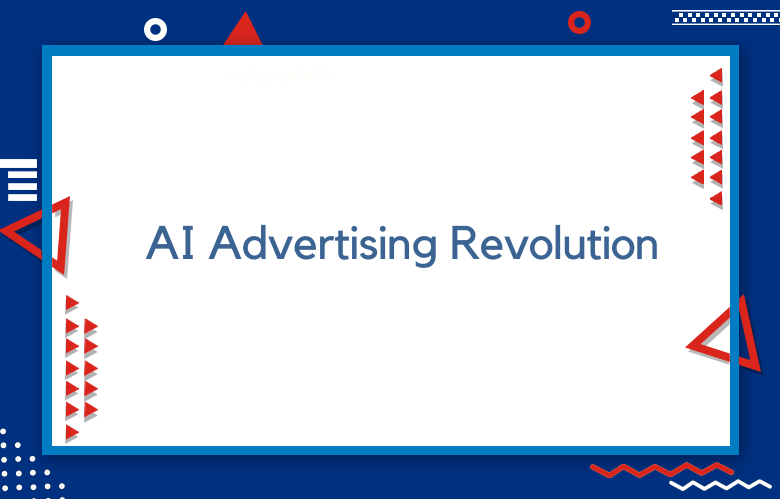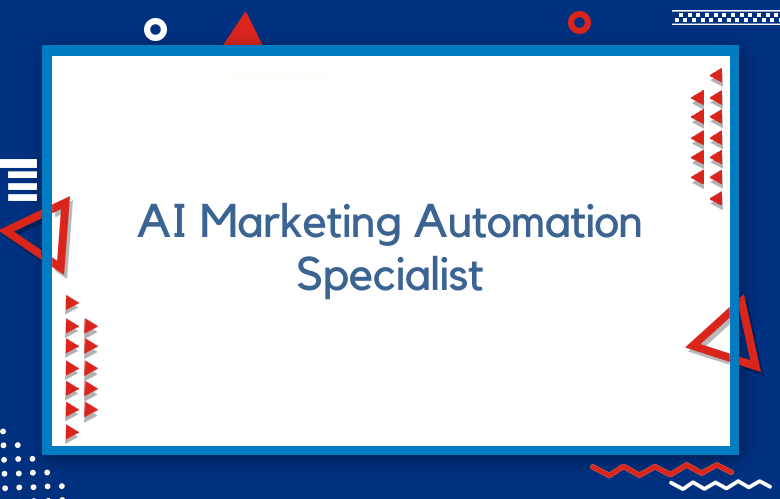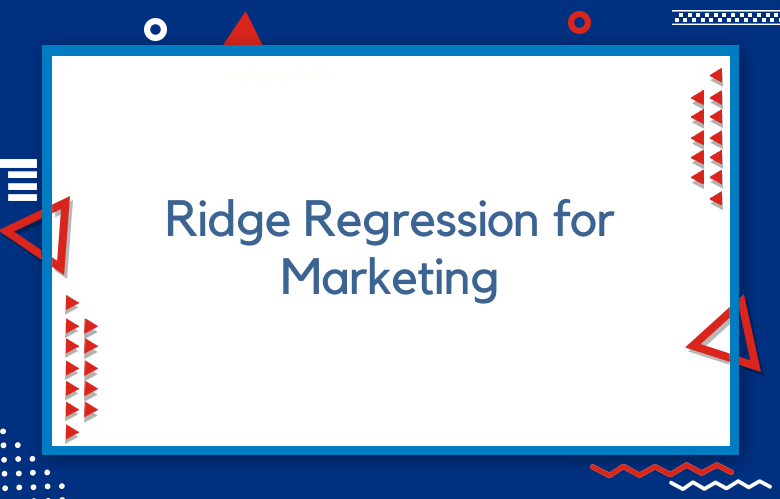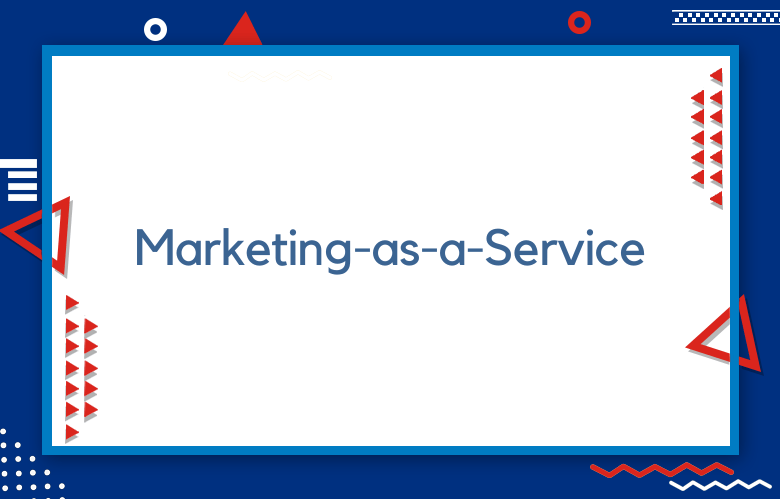The AI Advertising Revolution: Data-Driven Market Analysis

The digital advertising sector is undergoing rapid change as prompt-based and AI-driven ad creation becomes standard practice. The global AI marketing market grew from $20.44 billion in 2024 to a projected $82.23 billion by 2030 (25 percent CAGR). This is one of the fastest technology adoption curves in advertising history.
Eighty-eight percent of marketers now use AI in their daily work, and AI captured 46.4 percent of all U.S. venture capital funding in 2024. AI-optimized campaigns deliver 17 percent higher ROAS, cut costs by 25 percent, and accelerate creative production by 85 percent.
Market adoption across segments
Global AI advertising investment reached more than $103 billion in 2024, an 84 percent increase over the previous year. Traditional digital advertising spending totaled $309.3 billion, growing only 15.1 percent.
Large teams lead adoption, with 57 percent of organizations with over 1,000 employees actively using AI tools compared to 40 percent of small and mid-sized businesses. SMB adoption is climbing quickly: 83 percent of growing SMBs are experimenting with AI, and 77 percent identify marketing as their primary use case.
Regionally, North America leads with 61 percent AI marketing adoption and 32.4 percent global market share, followed by Europe at 25 percent and Asia Pacific at 30 percent, with the highest growth rate of 24.3 percent CAGR.
Platform-specific usage
Jasper AI has more than 100,000 active users across 850 enterprise clients despite revenue fluctuations. Midjourney has 19.26 million registered Discord users and about $300 million in annual revenue.
Around 23.2 percent of companies use Midjourney for image generation, 21.2 percent use Jasper.ai for content creation, and 85.1 percent leverage AI for article writing.
Investment patterns
AI companies captured 33 percent of all global venture funding in 2024, with generative AI receiving $45 billion compared to $24 billion in 2023. Publicis is allocating $326 million over three years for GenAI integration, and WPP invests $318 million annually in AI services.
Traditional AdTech startups raised only $360 million in 2024, their lowest level in more than a decade. By contrast, AI-native advertising companies command higher valuations.
ElevenLabs’ valuation rose from $80 million to $6.6 billion, and The Brandtech Group raised $115 million for GenAI advertising solutions.
Business performance
Ninety-one percent of U.S. ad agencies are using or exploring generative AI, and 78 percent of larger agencies actively deploy it.
Companies with integrated AI report 60 percent greater revenue growth than peers, and 74 percent say their advanced GenAI initiatives meet or exceed ROI expectations.
Campaign results
Analysis of thousands of campaigns shows AI consistently improves key metrics. Click-through rates rose 10–122 percent across various implementations. For example, the construction industry CTR on Facebook ads increased from 1.26 to 1.4 percent (11 percent gain), and home services improved from 1.51 to 1.8 percent (19 percent gain).
Conversion rates also rose. Law firms saw conversion increase from 7.57 to 8.5 percent (12.3 percent gain), and Google Performance Max AI-powered campaigns generated 18 percent more conversions at a similar CPA than traditional approaches. L’Oréal Vietnam achieved 4.1x higher ROAS and 13x higher conversion rates versus traditional Smart Shopping campaigns.
Cost efficiency improved as well. Facebook Ads CPC decreased 19.8 percent (from $1.72 to $1.38), and cost-per-lead improvements ranged from 9.2 to 12 percent. AI-driven marketing automation reduces deployment costs by 25 percent.
Regional clusters
North America maintains market dominance, growing from $5.5 billion in 2024 to a projected $30 billion by 2035 (20.4 percent CAGR).
Europe commands 25 percent of the global AI market with €118.9 billion in digital ad spending growing at 16 percent annually, led by the UK at €42 billion.
Implementation challenges
Despite clear performance benefits, organizations face hurdles. Data quality issues affect 65 percent of implementations, and only 35 percent fully trust their data accuracy. Integration complexity is primarily due to people and process rather than technology, accounting for 70 percent of implementation problems.
Skills gaps persist: 63 percent of recruiting leaders find AI talent harder to hire than other technical roles. Fifty-seven percent of marketers feel pressured to learn AI or risk career stagnation, and 53 percent do not know how to maximize AI value at work. Training requirements deter 39 percent of organizations considering AI.
Brand safety and content quality concerns are significant. Forty-seven percent of marketers have received incorrect information from generative AI, and 43 percent worry about it undermining creative quality and authenticity.
Timeline 2022–2025
ChatGPT’s November 2022 launch broadened AI access. GPT-4’s March 2023 release, featuring multimodal capabilities, led to significant platform integrations, and by December 2024, ChatGPT had reached 300 million weekly active users.
Thirty percent of agencies and brands have fully adopted AI, with 50 percent expected by 2026.
Future projections
The AI market is expected to grow from $20.44 billion (2024) to $82.23 billion (2030). The broader AI market is projected to expand from $391 billion to $1.81 trillion.
By 2026, 95 percent of customer support interactions are expected to involve AI, and 60 percent of marketing teams plan to produce 50 percent of their content with AI. AI may contribute $15.7 trillion to global GDP by 2030, according to PwC.
Programmatic advertising is projected to reach $800 billion globally by 2028, with 90 percent of digital display ads purchased programmatically and optimized by AI.
Strategic implications
Prompt-based and AI-driven advertising has shifted from trial to standard practice.
With 88 percent of marketers already using AI, more than $103 billion in annual investment, and measurable advantages such as 17 percent higher ROAS and 85 percent time savings, the shift represents a structural change in the industry.
Organizations that do not integrate AI advertising risk losing efficiency, performance, and cost advantages.
Addressing data quality, workforce skills, and organizational readiness will determine which companies lead in the next five years.
From 2025 to 2030, market leaders will likely be defined by AI integration sophistication rather than traditional advertising metrics.
Frequently Asked Questions (FAQs)
What is driving the rapid growth of the AI marketing market?
AI marketing is expanding because prompt-based and AI-driven ad creation have moved from experimentation to mainstream use. This shift produces faster creative output, higher ROI, and lower costs, attracting massive investment and adoption across industries.
How large is the global AI marketing market now and by 2030?
It grew from $20.44 billion in 2024 to a projected $82.23 billion by 2030, reflecting a 25 percent compound annual growth rate,one of the fastest adoption curves in advertising history.
How widely are marketers using AI today?
Eighty-eight percent of marketers already use AI in their daily work, making it a standard part of modern advertising operations.
What performance advantages do AI-optimized campaigns deliver?
They generate 17 percent higher return on ad spend (ROAS), reduce costs by about 25 percent, and accelerate creative production by up to 85 percent.
How much money is being invested in AI advertising globally?
More than $103 billion was invested in AI advertising in 2024,an 84% increase over the previous year—compared to $309.3 billion spent on traditional digital ads.
Which organizations are leading AI adoption?
Large enterprises: 57 percent of companies with over 1,000 employees actively use AI tools, while small and mid-sized businesses are catching up quickly.
What is the state of AI adoption among SMBs?
Eighty-three percent of growing SMBs are experimenting with AI, and 77 percent cite marketing as their primary use case.
Which regions have the highest AI marketing adoption?
North America leads with 61 percent adoption and 32.4 percent global market share, Europe holds 25 percent, and Asia-Pacific is growing fastest at 24.3 percent CAGR.
Which AI platforms dominate marketing usage?
Jasper AI has over 100,000 active users across 850 enterprise clients. Midjourney has 19.26 million Discord users and generates around $300 million in annual revenue.
What share of companies use Midjourney or Jasper.ai?
About 23.2 percent of companies use Midjourney for image generation, 21.2 percent use Jasper.ai for content creation, and 85.1 percent leverage AI for article writing.
How much venture capital is flowing into AI marketing companies?
AI companies captured 33 percent of all global venture funding in 2024. Generative AI received $45 billion compared with $24 billion in 2023.
How are major advertising groups investing?
Publicis has allocated $326 million over three years for GenAI integration, and WPP invests $318 million annually in AI services.
How do valuations compare between AI-native and traditional AdTech startups?
Traditional AdTech raised only $360 million in 2024, while AI-native advertising companies command much higher valuations,e.g., ElevenLabs jumped from $80 million to $6.6 billion.
What revenue impact does AI integration produce?
Companies with integrated AI report 60 percent greater revenue growth than peers, and 74 percent say their advanced GenAI initiatives meet or exceed ROI expectations.
What campaign metrics have improved with AI?
Click-through rates increased 10–122 percent. For example, construction ads on Facebook rose from 1.26 to 1.4 percent CTR (11 percent gain) and home services from 1.51 to 1.8 percent (19 percent gain).
How have conversion rates changed?
Law firm conversions improved from 7.57 to 8.5 percent (12.3 percent gain), and Google Performance Max AI campaigns generated 18 percent more conversions at a similar CPA than traditional approaches.
What about cost efficiencies?
Facebook Ads CPC dropped 19.8 percent (from $1.72 to $1.38), cost-per-lead improved 9.2–12 percent, and automation reduces deployment costs by 25 percent.
What challenges limit AI marketing success?
Data quality issues affect 65 percent of implementations, only 35 percent fully trust their data, and people-process integration accounts for 70 percent of implementation problems.
Are there workforce and skills gaps?
Yes—63 percent of recruiting leaders find AI talent harder to hire than other tech roles; 57 percent of marketers feel pressured to learn AI or risk stagnation; and 53 percent don’t know how to maximize AI’s value.
What are the main concerns about brand safety and content quality?
Forty-seven percent of marketers have received incorrect information from generative AI, and 43 percent worry about undermining creative quality and authenticity.



